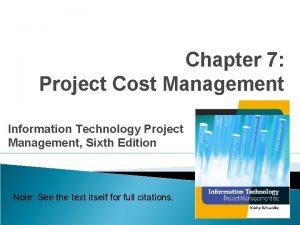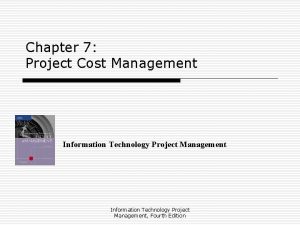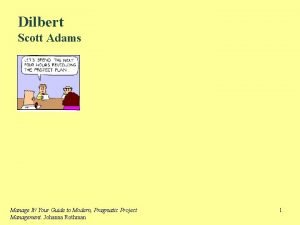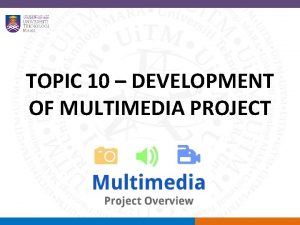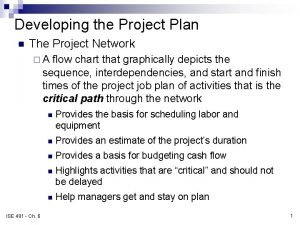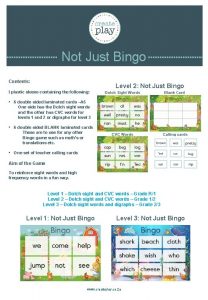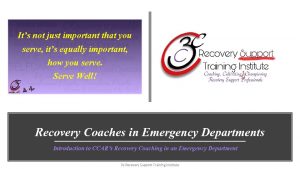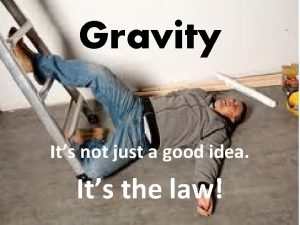Developing the Project Estimate Its not just a









- Slides: 9

Developing the Project Estimate It’s not just a SWAG* * Scientific Wild Ass Guess

The Process in a “nutshell” �The key to a good job and successful cost control is the development of a good estimate as the basis for bid submittal. �Estimating is the process of looking into the future and trying to predict project costs and resource requirements. �A consistent procedure or set of steps for preparing an estimate is needed to minimize errors and achieve reliable results. �Perhaps the most critical component is an eye for detail.

Types of Estimates Type When? How? Conceptual Prior to the commencement of design. A representative unit is multiplied by a price per unit to obtain a gross estimate (@10% accuracy) of the facility cost. Preliminary 40% completion of the total design. By the achitect or architect/engineer to reflect expected costs based on more definitive data. Engineer Detailed design is accomplished. Total job cost minus “markup”. Aim for @3% accuracy. Bidding phase. On the basis of bidding documents, Include a markup for profit.

Detailed Estimate Developing Steps �Break the project into “cost centers”. These centers streamline the process by grouping like activities, materials, or resources for cost projections. �Estimate the quantities required for cost centers that represent physical end items (e. g. , cubic yards of earth, linear feet of pipe, etc. ). For physical systems, this procedure is commonly called quantity takeoff. For those cost centers that relate to nonphysical items, determine an appropriate parameter for cost calculation (e. g. , the level of the builder’s risk insurance required by the contract, the amounts of the required

Detailed Steps (continued) �Price out the quantities determined in previous step using historical data, vendor quotations, supplier catalogs, and other pricing information.

Detailed Steps (continued) �Calculate the total price for each cost center. �Calculate the total project cost by adding all cost centers together. �Using a second team, analyze the cost centers for incomplete information, misleading data, and errors in calculation in an attempt to eliminate procedural errors.

Typical Errors in the Estimating Process �Arithmetic: errors in basic calculations. �Transposition: mistakes in copying or transferring figures, dimensions, or quantities. �Errors of Omission: overlooking items called for or required to complete work. �Poor Reference: Scaling drawings rather than using indicated dimensions. �Unrealistic waste or loss factor: waste/loss is expected and unavoidable. Too low or too high an estimate is problematic. Historical data should be consulted.

Avoiding Errors in Estimates � The accuracy of an estimate is a measure of how accurate or correct the numbers in the estimate are. � The completeness of an estimate is a measure of whether the bid has all the items needed for the project, without duplicating items. � List Cost breakdown in its entirety. Omissions are easy to commit and difficult to spot. � Include units in calculations � Automate with Spreadsheets (Excel) whenever possible. � Use well-tested and checked formulas. Rely on the wisdom and knowledge gained through the years. � Double- (maybe Triple-) check all calculations.

Avoiding Errors (continued) �Perform calculations in multiple fashions. �Round off the amounts to whole numbers (dollars). �Rely on your Review team. �Review each Cost Code as a percentage of the total job cost. �Check Unit Costs for each Cost Code �Compare Costs to similar projects �Allow plenty of time to correct errors and make sure your plan is complete, precise, and accurate. �Submit your Bid and await final acceptance.




